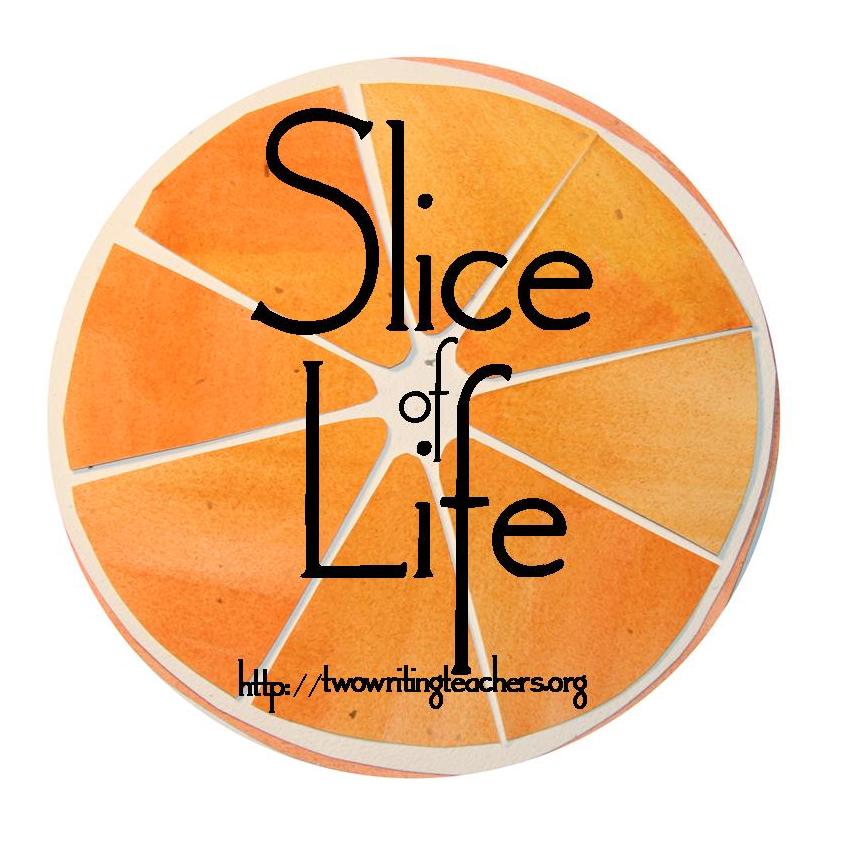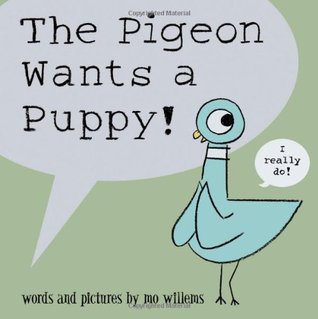
About a month ago, I asked the second grade teacher what areas she thought maybe could use some more focus in regards to instruction. Because there is only one of us in each grade level, that can be scary. But it is so necessary. It is so easy to get into what I think is important, but I need to spend time reflecting above and below to see where the students are coming from and where they are going. So the short story? More time writing.
I settled in to really refocus on making the writing authentic. Engaging. Meaningful. (Don't we all?)
The next writing project I settled into was persuasive writing.
I modeled. We used graphic organizers to plan. The children wrote. We started with bringing in cookies. I used mentor texts.
They didn't do it. I learned from this writing that we needed to really work on organization of thoughts.
So we tried again. This time, their goal was to convince me to bring Griffin for a visit.
We started with a mentor text:

Then, we used a graphic organizer. We organized some ideas with modeling to consider why having my dog at school would be a good idea. (Or why it wouldn't be a good idea!) The graphic organizer isn't mine to share, but had space to write a main idea and 4 supporting ideas.
Then they wrote. To me. And to my Mr. And convinced us to bring Griffin to school because:
- They could read to him.
- Puppies make them feel calm.
- They could practice sharing their faith with him.
So. We took the leap. Griffin is not a therapy dog, so we knew we needed some safety guidelines in place. Because even an 8 pound dog can cause mayhem. So here's what Mr. and I came up with:
- He took time off to bring him in. When he arrived in the neighborhood, he walked him a little bit.
- If Griffin was too anxious (barking, etc.) Mr. would leave quickly.
- Students were NOT required to meet Griffin. They could get up and walk away from him. They could say, "No thank you." They weren't required to sit with him at all.
- He stayed on his harness at all times.
As this student started to read, he settled down and placed a paw on his arm, as if he was listening to the story.
This friend. Read and scratched his head the whole time.
As I reflect on this project, here's what I've learned (other than dogs at school are fun!):
- The writing has to have a purpose.
- We can try again if it's not what we are looking for.
After spring break, I'm considering writing on nonfiction topics of interest as well as nonfiction writing in connection with a study on economics. Stay tuned.
Joy!
Kendra
Kendra


Purpose and audience -- two most important things in every unit. Look at all of us writing for 31 days - it is all about our personal purpose in this and this amazing community of writers - our audience. On a side note... I love how you took the time with you husband to make this happen. These are things kids remember and you modeled so much more than a writing lesson in this experience. They are lucky to have you.
ReplyDeleteClare
Kendra, it is good connecting with you again. I like the fact that your teaching is grounded in reflection, on ways to build connections for your students, and guiding your students toward success.
ReplyDeleteDogs at school are super awesome fun! (I will relax my general rule that cats are better when it comes to dogs at school. Sadly, cats don't really work that well at school, though I did have a college student bring her super chill and sweater-clad cat to her final presentation one year--since her presentation was about him and how he saved her life. I still treasure the photos of Jack wandering around the classroom, stretched out under the whiteboard like he owned the place. ANYWAY!) I love your takeaways here and I think that the first one--writing needs a purpose--is probably where every assignment or genre I've asked my students to explore has gone wrong. I haven't created a purpose. I love that your first graders are using a Pigeon book as their mentor story, and I love the bravery of asking the 2nd grade teacher what more needs to happen in 1st grade.
ReplyDelete